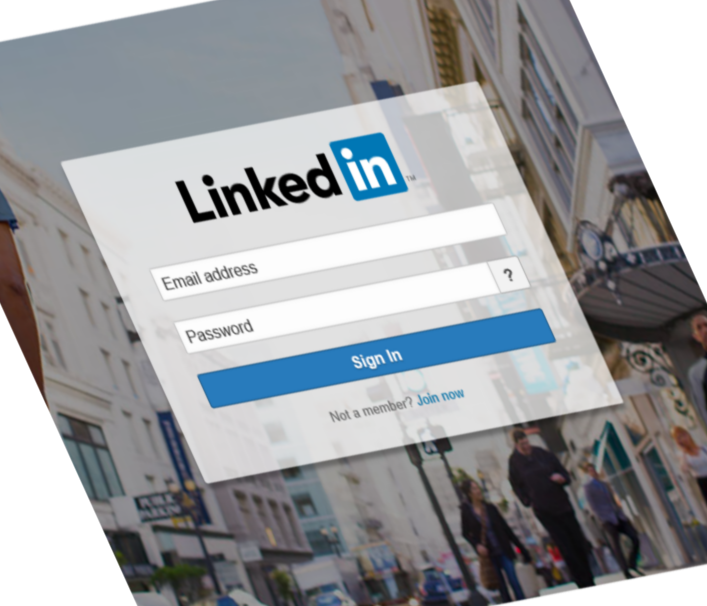My #LinkedIn #password
Formula = Secure Strong PasswordHaving same exact password for multiple sites or logins is really something you should not do, am sure you already know that.
Having multiple passwords on the other hand is something you can easily forget, it is becoming very hard to remember which password goes with which? What was the password you created for this login?
Some folks (including me) used to have a list of passwords, but now you need to maintain it, update it, etc. again more pain
I used to have a list of my passwords saved in an Excel sheet, but after awhile it started to consume time just to maintain it.
So. Here is something I have been doing for few years now, and thought I can share the idea
Hint: Password function
Why not we do both?
It is only ONE thing to remember, at the same time, changing non-unique passwords
Instead of having one password for all your logins, we can have one "password function" for all your logins
This way, you do not need to remember these passwords, you can instead remember the function only.
And when needed, you can "calculate" a password based on some words or rules you can set.
This "function" can be as simple or as complicated as you want, and it is ONE thing to remember.
Once I shared this idea with my wife and created her "password function" few months ago, she is no longer forgetting them, and I do not need to help her in restoring passwords anymore. Something we needed to do at least once a week.
How? you ask
Example can be something like this:
X+Y%=15
X is a variable
Y is another variable
Everything else is constant
So what is the value of X and Y in this example?
Let us say....
X is 2nd syllable of the website name
Y is the 1st part of the login in reverse
So for my password for LinkedIn where my username is my email, password can be
in+ramna%=15
Again, "function" can be anything, not necessarily something correct, or known.
However, I always prefer to have password as long as possible, since some sites complain of short ones
Also, I prefer having a number there, in case password got expired and I was forced to change it, this way I just do the second available number, in our example above
in+ramna%=16
In addition, some sites now refuse to use simple passwords with only English characters, so + and % should cover that.
Also, I recommend having portion of the password to be upper case, while another portion lower case.
And that is because some sites request that, our new password function can be:
y+X%=15
And my LinkedIn password becomes
in+RAMNA%=15
I also prefer having the numbers and the non English characters to be next to each other, since it gives some pain typing it on a mobile device, right?
I really wish that you do not think that above is actually my password function, this would be stupid sharing it.
However, let me know if this helped, if you are going to use a password function (or if you already using it), or if you are using something else similar.
Let us protect ourselves and our precious digital data.
Posted on Linkedin here
https://www.linkedin.com/pulse/my-linkedin-password-anmar-amdeen
job laptop linkedin pc software
